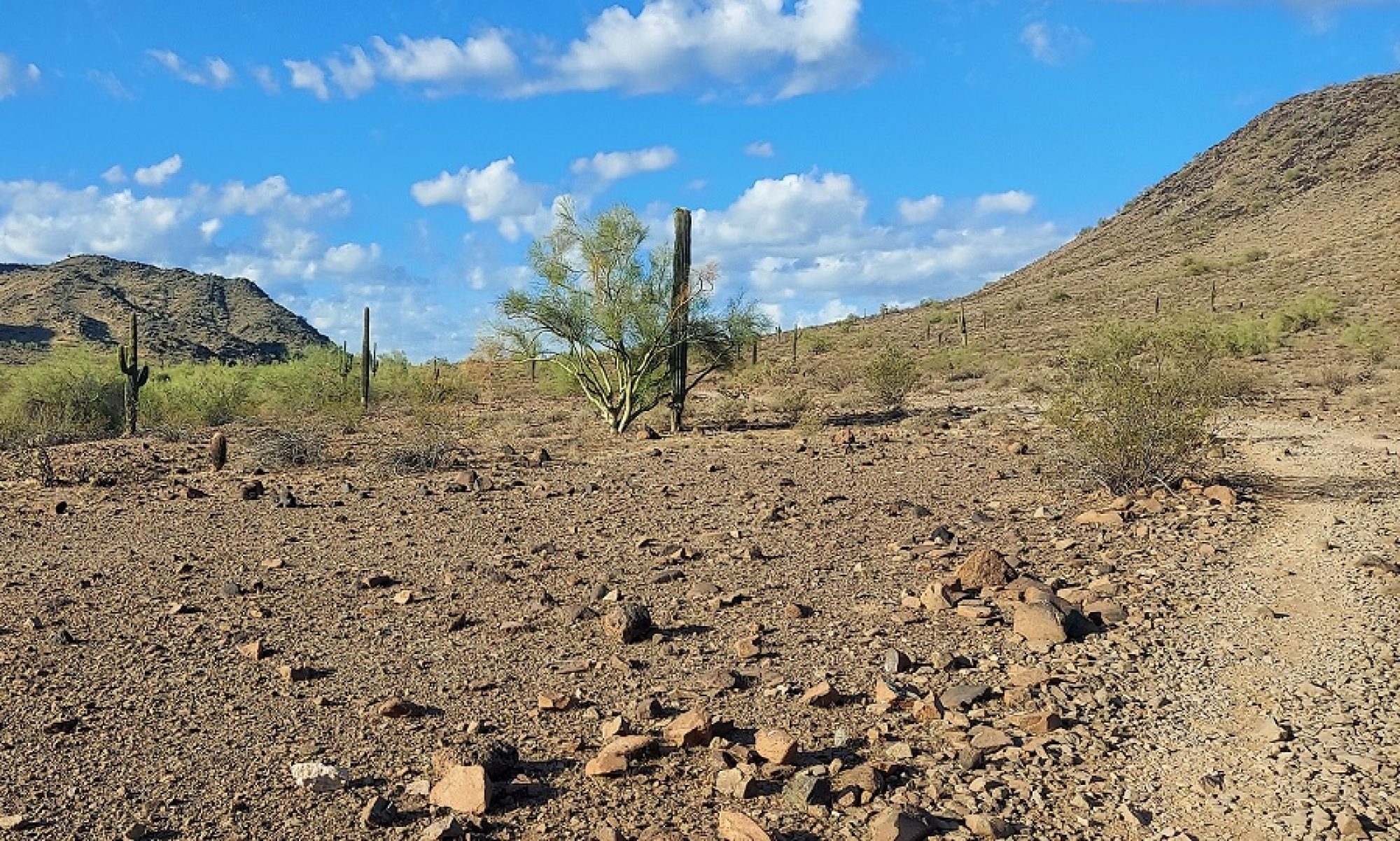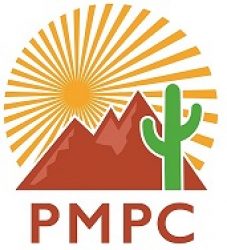by Dottie Gilbert
Founding of Phoenix Mountains Preservation Council (PMPC)
The Phoenix Mountains Preserve grew out of a grass roots movement which began over 20 years ago and continues today. It has become a “cause” in which ordinary people are deeply and emotionally involved. Efforts by individuals to save the mountains within the city limits of Phoenix began in the early 1960’s, but coalesced into a group effort when the Phoenix Mountains Preservation Council was founded in August, 1970.
Phoenix Mountains Preserve
At that time, Phoenix had only 275-acre North Mountain Park and 546-acre Squaw Peak Park which it leased from the State of Arizona. Today, Phoenix owns over 6,000 acres of the 7,071-acre Phoenix Mountains Preserve and has added more than 1,000-acres on the north slopes of the South Mountains to South Mountain Park.
Objective of PMPC
The Phoenix Mountains Preservation Council has been in the vanguard of every effort made since its formation to preserve the mountains within the boundaries of Phoenix. At its second meeting, the Council stated its objective; “Setting aside the Phoenix Mountains as a unique wilderness park.” To accomplish this goal, the Council agreed “to enlist the enthusiastic support of all persons who want to preserve the natural beauty of this mountain range.” Members began circulating petitions and gathered several thousand signatures.
Encouraging Support
In September 1970, the Council organized its first community meeting at the Western Saddle Club to solicit citizen support. The meeting was addressed by Phoenix Parks and Recreation Director Charles Christiansen, who was from the beginning an enthusiastic and eloquent supporter of the Preserve.
In April 1971, the PMPC invited Mayor John Driggs, City Councilmen and top City Councilmen and top City officials to join them for a horseback ride and cowboy breakfast in the heart of the mountains. Elated with what he saw, Mayor Driggs then launched a serious political effort to preserve the mountains. In September 1971, the PMPC organized a second community meeting at the Phoenix Public Library and presented a slide show, “Our Phoenix Mountains – Plundered or Preserved?” This slide presentation was later updated and refined by the Phoenix Parks Recreation and Library Department (PRLD) and volunteer speakers showed it at many community meetings.
Adoption of the Van Cleve Plan
The PRLD had contracted with Paul Van Cleve to study 14,610 acres in the Phoenix Mountains and make recommendations. After more than a year of study, Van Cleve recommended preserving 9,711 acres. On January 10, 1972, following a hearing which drew the largest crowd ever to turn out for a City Council meeting, the Phoenix City Council adopted the Van Cleve “Open Space Plan for the Phoenix Mountains” and appointed a 125-member Phoenix Mountains Preservation Commission (not to be confused with the Council). The Commission was headed by Norman McClelland to recommend ways of implementing the Plan. Many members of the PMPC served on the Commission. Others were appointed to city committees established to consider special regulation of hillside development.
Amendment of Arizona State Constitution
The PMP Commission recommended that private lands within the Preserve be purchased with local bond funds augmented by Federal Revenue Sharing funds and general city revenues. But before a local bond issue could be proposed, the Arizona State Legislature and Arizona voters had to amend the State Constitution to add “parks and open space” to such categories as “water and sewers” which are eligible for bonding up to 15% of assessed valuation. The PMPC designed and sold bumper stickers: “SAVE Our Phoenix Mountains. Vote YES on Proposition 106” In May 1972, Arizona voters amended the State’s Constitution.
Successful 1973 Bond Issue
A year later, in May 1973, seven out of ten voters approved a $23.5 million bond issue to acquire mountain
land. The 125-member PMP Commission cut a cake and disbanded, its work done. The PMPC, however, decided to remain organized to be sure that the Preserve was created as authorized and that its character was preserved as a “Preserve” without too many “improvements”.
Unsuccessful 1975 Bond Issue
A few months after the successful 1973 election, a new Mayor and City Council was elected and it shortly became apparent that mountain preservation was not a priority item. Mayor Tim Barrow and some City Councilmen soon scuttled the practice of supplementing local bond funds with Federal Revenue Sharing funds. Instead, voters were asked to approve another bond issue only two years after the successful 1974 bond election. PMPC members were dismayed, but went to work anyway plugging the bond issue to save their beloved mountains. It failed, and a period of austerity began during which 3,000 acres were deleted from the Preserve and pressures built to develop the balance of mountain land.
New Funds
PMPC members attended numerous zoning hearings and City Council meetings, searching for ways of continuing mountain acquisition. They continued the practice begun in 1973 of holding Meet-Your-Candidates meetings before each City election. Finally, a new City Council headed by Mayor Margaret Hance ordered a series of public hearings to determine public support for the Preserve. When 643 citizens turned out and gave strong support to the Preserve, Mayor Hance looked for funds to continue mountain purchase. Soon after her re-election, in January 1978, she spearheaded a movement to refinance the City’s General Obligation Bonds and use the $2.5 million annual savings to acquire Preserve land.
Successful 1979 Bond Issue
In 1979 a new bond issue of $10 million was passed. Once more, PMPC members addressed meetings and showed a revised PRLD slide show, made telephone calls and appeared on talk shows. In a more creative vein, members also constructed a mountain on a flatbed and entered a float in the Fiesta Bowl Parade and the Phoenix Rodeo Parade. The bond issue was approved.
Challenges and Problems Ahead
With an influx of new residents who know nothing of the long struggle to save the mountains; with mountain view sites becoming scarce; with mountain land escalated in value so much, with the push to develop more of the pristine areas, PMPC faces multiple challenges. On a lighter side, “When the going gets really tough, we can always look to the mountains for renewed inspiration“.
Dottie” passed away in 1997, but her words are as important today as when she first wrote them over sixteen years ago. The problems today are as great as ever. In order to survive, the Mountains desperately need your help. Join the Phoenix Mountains Preservation Council today? http://membership

